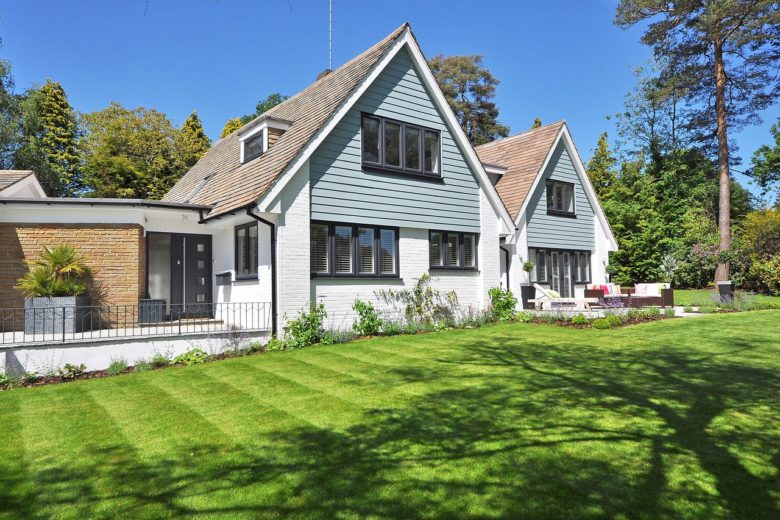
LEED Certification Checklist: What You Need to Know Before Applying for Certification
We are reader-supported. When you buy through links on our site, we may earn affiliate commission.
Are you a builder who wants to make an impact on the world? If so, consider LEED Certification for your next project. With 1.85 million square feet of construction space certified each day, this is the most widely used green building rating system in the world.
LEED (Leadership in Energy and Environmental Design) is a program focused primarily on new, commercial-building projects. This certification uses a points system. The more points you earn on the grading scale, the higher you’ll rate. The main benefit of certification is the environmental boost. LEED-certified buildings are also energy- and water-efficient. Compared to conventional buildings, they have higher rental rates, are healthier and safer for occupants and represent the values of the organization.
Your LEED-Certification Checklist
There are nine ways to earn points that fall within six categories. Each educates builders on what to be aware of if they want to construct or renovate an energy-efficient building and get a good score.
When planning your next project, consider the six main categories on the LEED Certification checklist below:
- Location
- Water efficiency
- Energy and atmosphere
- Material selection and resources used
- Indoor environmental quality
- Innovative design and strategy
You should also consider the three other areas of the process, including the integrative process, regional priority and innovation in design.
1. Location
Consider potential environmental effects when picking your site. When graded on your project’s location, the organization will look at proximity to public transportation, bike storage and showers.
2. Water Efficiency
You can reduce the amount of water used in your residential or commercial project through several processes. One place you can reduce waste is with your toilets. Upgrade to a dual-flush system that will save money on your water bill and protect the environment.
3. Energy and Atmosphere
This category is crucial as it focuses on the source of energy. Examples of clean energy include solar panels, wind turbines and hydroelectric systems.
4. Material Selection
Whether you’re building from scratch or renovating a previous structure, you can do it in an eco-friendly way. One of the ways you can benefit the environment is to re-use foundation structure materials, such as cement, bricks, steel and glass.
5. Indoor Environmental Quality
Indoor environmental quality plays a large part in LEED by addressing the inside of a structure. The air inside a building will affect any occupants within. You can also earn points through natural lighting, ventilation, temperature controls and minimal pollution.
6. Innovative Design
The innovation category awards points for inventive, sustainable and green building strategies. These points are flexible and require more creativity during implementation. For example, salvage recycled materials like glass, aluminum and ceramics.
Interested in LEED Certification? Discover the Four Steps
Are you ready to start the LEED Certification process? If so, you’ll need to move through four steps:
- Registration
- Application
- Review
- Certification
1. Registration
Before you begin your project and application for LEED certification, you’ll want to make sure that your project meets all of the minimum requirements.
Building projects pursuing LEED certification must:
- Comply with environmental laws
- Have reasonable site boundaries
- Be a complete and permanent building
- Comply with minimum occupancy requirements
- Comply with a minimum building area to site ratio
- Commit to sharing whole-building energy and water usage data
After reviewing the program requirements, you will want to select the appropriate LEED rating system. Then, you’ll need to choose one of two online portals to register your project.
2. Application
You are now ready to collect and submit appropriate documentation for review of your project. You will identify LEED credits to pursue and assign them to team members. Then you can gather information, perform calculations and analysis and prepare documentation that demonstrates your achievement of the prerequisites.
Some characteristics of high-quality submissions include:
- Only required documentation is submitted
- The file attachments are clearly and intuitively labeled
- Relevant prerequisite is highlighted within the submission
- Detailed narratives include project-specific circumstances
3. Review
After you’ve submitted your application and paid the certification fee, the U.S. Green Building Council will conduct a thorough technical analysis.
You’re not done yet, though. You’ll be an active participant in this process, which includes:
- Preliminary Review
- Final Review (optional)
- Supplemental (Appeal) Review
4. Certification
Once your application review is complete, you can accept or appeal the final report. If you agree, you’re on your way to official LEED Certification status.
There are four levels of certification to acknowledge the degree of achievement:
- LEED Certified: 40-49 points earned.
- LEED Silver: 50-59 points earned.
- LEED Gold: 60-79 points earned.
- LEED Platinum: 80+ points earned.
How to Apply for LEED Certification
In the U.S., LEED-certified projects rose from 296 in 2006 to more than 67,000 in 2018. No doubt exists that sustainability is on the rise. The certification verifies your building features a green design and quality craftsmanship. However, it also generates a lifetime worth of savings. You can reduce waste and converse energy. Plus, you can improve tenancy through modern shared values.
Share on
Like what you read? Join other Environment.co readers!
Get the latest updates on our planet by subscribing to the Environment.co newsletter!
About the author

Jane Marsh
Starting from an early age, Jane Marsh loved all animals and became a budding environmentalist. Now, Jane works as the Editor-in-Chief of Environment.co where she covers topics related to climate policy, renewable energy, the food industry, and more.





